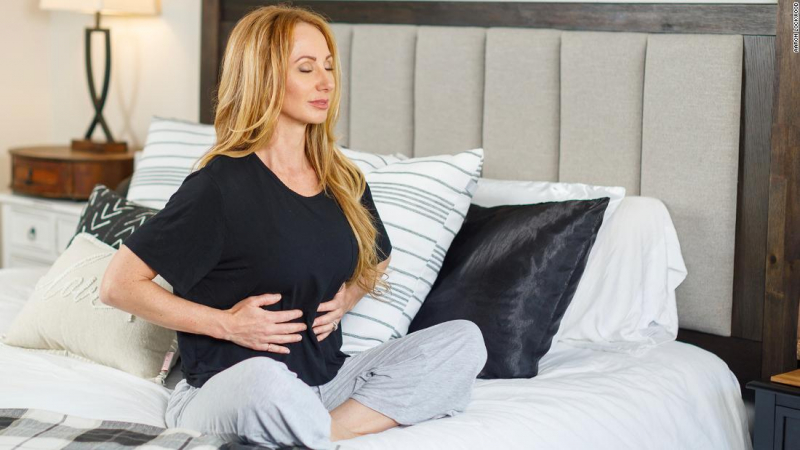You can sleep better by adjusting your breathing

According to the American Sleep Association (ASA), insomnia is the most common sleep disorder. In America, 10% of adults report having chronic trouble falling or staying asleep, while 30% report just short-term problems. A vast majority of us breathe through our mouths during sleep and this is what often causes us to experience disturbances and fail to achieve a good quality sleep. Sleep apnea, snoring, and waking up are some of the things that can occur as a result of mouth breathing. Therefore, there is an important relationship between sleeping and breathing, and many research shows that by concentrating on your breath, you may find it easier to fall asleep.
There are various techniques of breathing to help you fall asleep easier and maintain your sleep. These are thought to be the most practiced ones: 4-7-8 breathing technique (a modification of pranayama, a traditional yoga practice that helps relaxation while replenishing the body's supply of oxygen), Bhramari pranayama breathing exercise (a technique that reduces breathing and heart rate quickly), Three-part breathing exercise (helps you concentrate on the present moment and become aware of the feelings in your body), Diaphragmatic breathing exercise (slows your breathing and lowers the amount of oxygen you need), Buteyko breathing (allows you to regulate the speed and volume of your breathing), etc.












